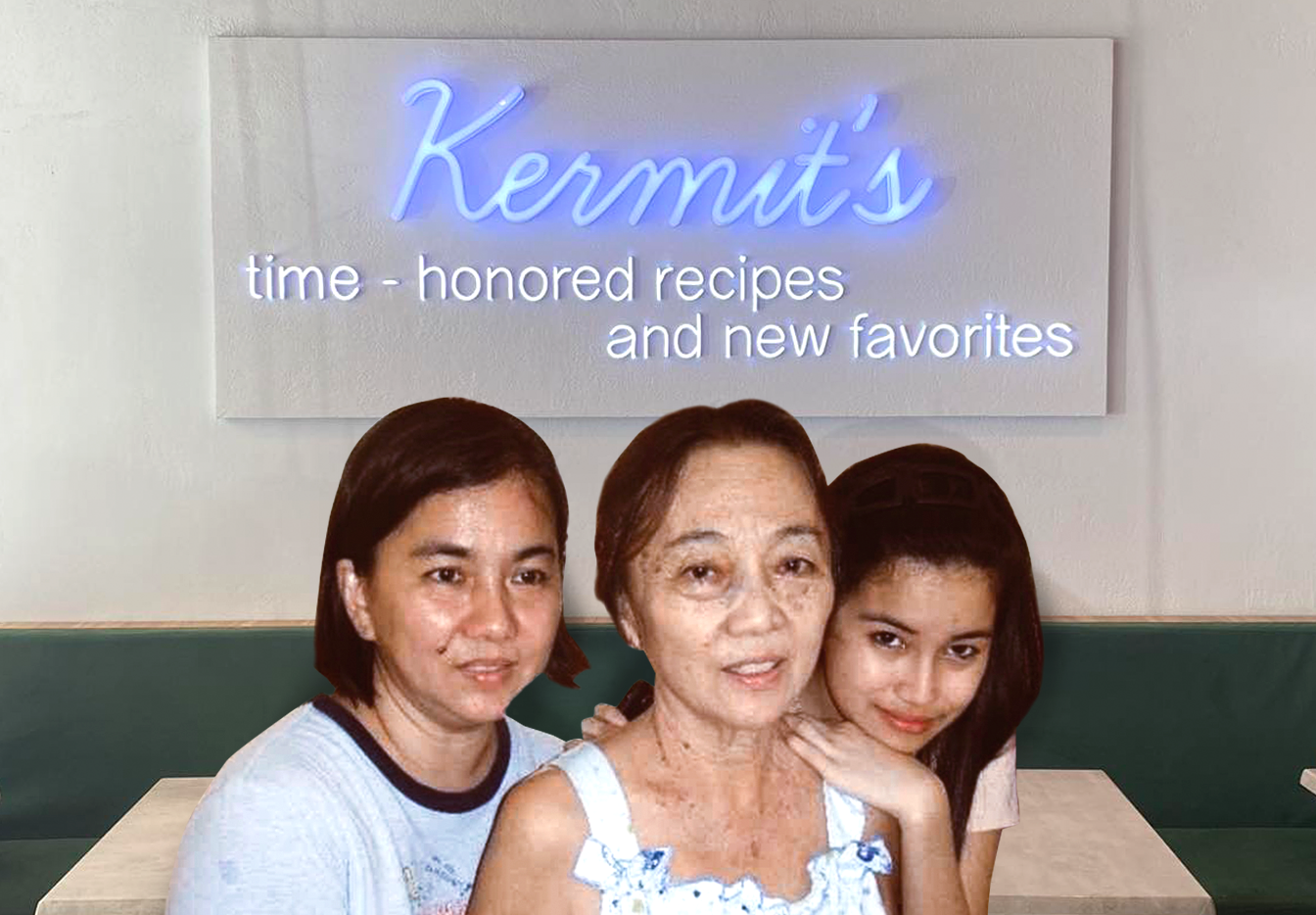
“You know they say it takes a village to raise a child but the pandemic definitely made it a lot harder to have or create that ‘village’— a support system,” admits Angelica Gamolo. “I personally had a hard time dealing with the isolation it came with, the taking care of a child 24/7 while having little to no outlet, and the paranoia when people we know and love started getting the virus.”
Angelica is the proud mother of Amelia, who she describes as strong-willed and has a strong sense of physical autonomy. Having just turned three, Amelia is one of many children all over the world who barely know life before the pandemic, although was raised with the constant presence of her mom—now the norm in these times.
Stay-at-home moms get judged on (to be fair, so do career-oriented mothers—society is not easy to please). Initially considered to be very traditional, they were then seen as a luxury. “There are actually two common stereotypes I’ve observed and probably encountered at some point,” says Angelica. “One is that stay-at-home mothers are doing nothing and the second would be if you’re a stay-at-home mom then you should consider yourself lucky and you should always be grateful.”
“I think the problem with these types of narratives is that it unconsciously puts guilt and unnecessary pressure on mothers,” she adds. “Regardless of each person’s situation or the level of support system they have, I think being a parent is a full-time job on its own, and being a stay-at-home mom would be working for that same job 24/7—there’s no clocking out nor backing out.”
I think it’s equally important to note that we can feel grateful and lucky to be with our child(ren) all the time AND acknowledge that we can also feel annoyed, upset, overwhelmed, and exhausted to be with them all the time. It’s not just one or the other. They can co-exist, and it’s normal.
Angelica Gamolo
A typical day at their home consists of chores. “Since we’ve adapted Montessori at home since she was a baby, our house is set up to be independently accessed by Amelia which makes chores a lot more manageable – prep and cook, laundry, cleaning, gardening, etc. She also has her own child-sized tools,” Angelica shares. “I include Amelia in all these not just to expose her to practical life skills but also to bond with her, which now gives chores a whole new meaning for me.”
Becoming a mother made Angelica realize—and got quite surprised at—the strength she is capable of. “Being a mother can feel like the most beautiful thing ever on one hand, but it can also be the most triggering thing on the other, and not a lot of people talk to you about that.
The strength to pull through physically, mentally, emotionally, and spiritually is on another level but I’m surprised that regardless of the challenging seasons, it pushes me to keep doing better not only for my child but for myself as well.
Angelica Gamolo
Her advice for stay-at-home mothers, whether by choice or by necessity, is to remember to look after ourselves. “When we take care of ourselves, we can parent better. When we talk about self-care or mental health, remember that our children are also absorbing and learning all these things from us by the way we model it to them.”
“One thing I’ve come to realize is that parenting isn’t only the raising of the child, but it’s also the raising of the parent,” she concludes. “The most fulfilling thing is witnessing firsthand the unraveling of a human being. All the beauty and challenge of it. And I’m not only talking about my child, but I’m also talking about me as the mother.”







